10 Ways Your House Is Haunted
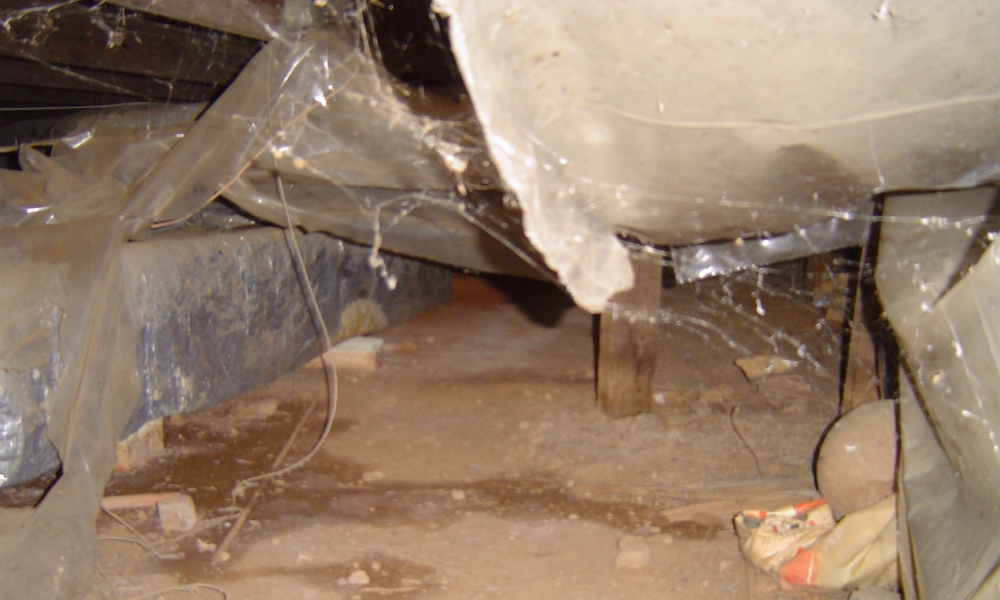
Imagine the house of your dreams. It’s beautiful and laid out efficiently. You’re always comfortable. It promotes health and happiness. The operating costs are low. You don’t have to spend much to maintain it. You don’t get a lot of noise from outside…or inside. (Think noisy furnace or air conditioner.) Do you live in that house? If so, you’re one of the lucky few. More likely, though, is that your house is haunted.
How is it haunted? Here are ten common problems that might be haunting your home.
1. Gas leaks
Talk to anyone who tests for gas leaks in homes, and they’ll tell you something you don’t want to hear…if your home uses fossil gas, that is. I’ve talked to a lot of people who do this work as part of home performance assessments or energy audits. No one has told me they find fewer than 50 percent of homes with gas leaks. It’s always more than half. Sometimes it’s more than 90 percent.
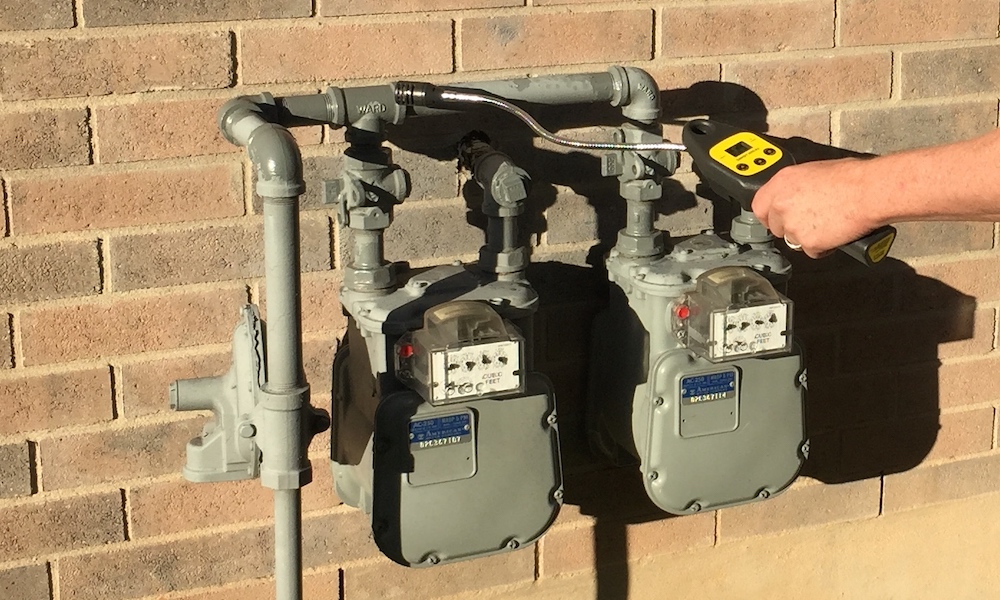
If you have gas appliances, get the gas lines and appliances in your house checked. You don’t want to be breathing that stuff. You also don’t want your home to catch on fire or explode.
2. Animals, dead and alive
Oh, where do I begin? How about with the famous dead possum…lying right next to the disconnected return duct! (This one’s a two-fer. See number 9 below.)
![Dead possum lying next to a disconnected return duct in a nasty crawl space [Photo courtesy of E3 Innovate]](https://www.energyvanguard.com/wp-content/uploads/2020/05/crawl-space-return-duct-dead-possum-e3-innovate-900-annotated.jpg)
We do have ways of reducing the critter load in your home, though. The control layers for controlling the flows of heat, air, and moisture also reduce the infiltration and proliferation of animals.
3. Sewage
Yeah, this may not be as common as gas leaks, but I’ve seen it more than I would have liked. Here’s a nice one I found in a crawl space. In case it wasn’t clear already that you’re looking at sewage, that toilet paper should give it away.
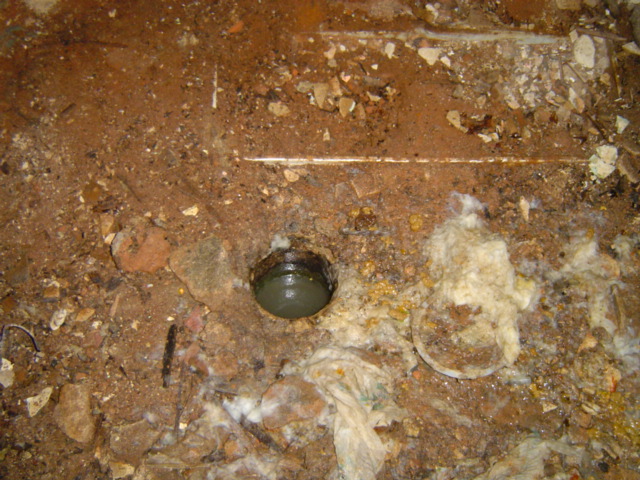
When’s the last time you—or anyone else—really looked under your house and all the other places where this could be haunting your home?
4. Carbon monoxide
Carbon monoxide is the result of combustion. That could be happening indoors, where you do water heating, space heating, and cooking. Or it could be outside the house and finding its way in. Homes with an attached garage generally have higher carbon monoxide levels than houses without an attached garage.
Even if you have a UL listed carbon monoxide detector, you still may be making yourself sick with this poisonous gas. Get yourself a low-level CO monitor and find out what’s really going in your indoor air.
5. Radon
Radon is another colorless, odorless gas that can ruin your health. And its problem comes from its radioactivity. You can read about its link to lung cancer here and the meaning of radon test results here.
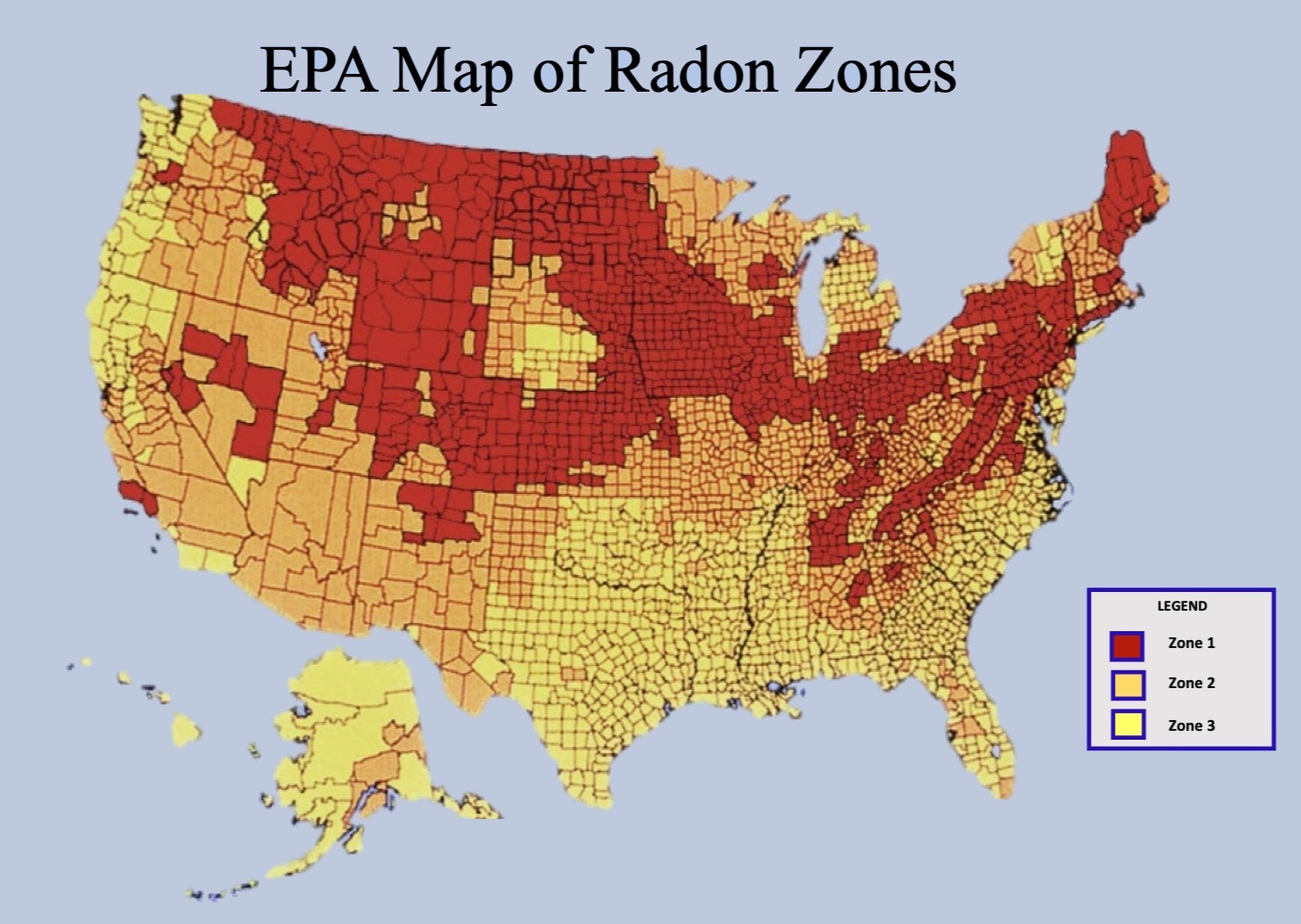
The US EPA radon zone map above divides the country into three zones, with zone 1 being the most likely to have radon. But don’t feel safe just because you’re in zone 3. Get your house tested. Plenty of zone 3 houses have high radon levels.
6. Mold
Mold is almost always the result of moisture problems. Sometimes it’s liquid water getting in places it shouldn’t (photo below). Other times it’s from high humidity, especially in basements and crawl spaces.
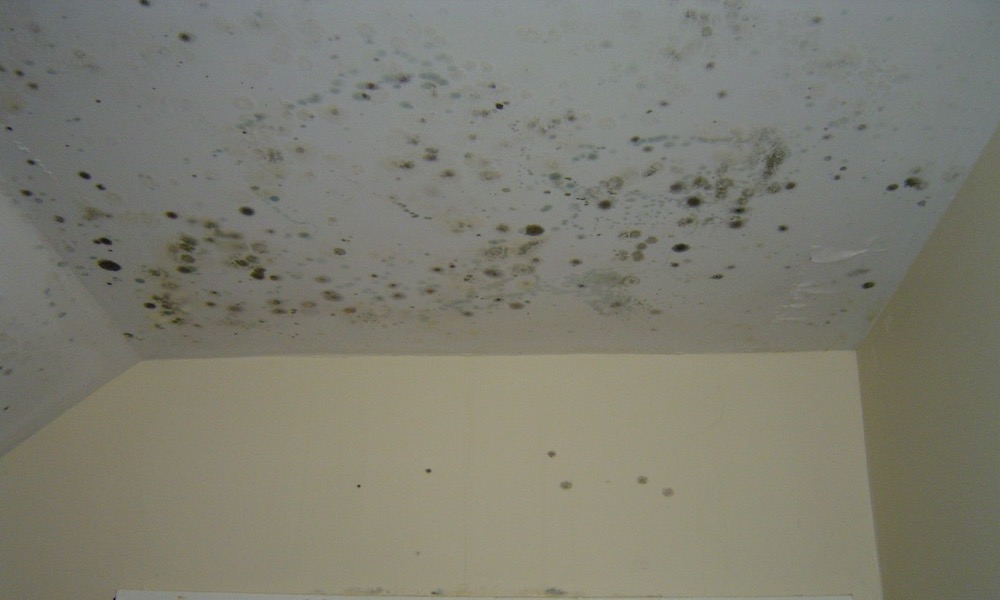
Is your house haunted by mold? Find and fix the moisture problems.
7. Asbestos
This was a darling in the construction materials world for decades. Sometimes it was used intentionally for its insulating and fireproofing qualities. Other times it was an extra mineral that came along with the material of interest.
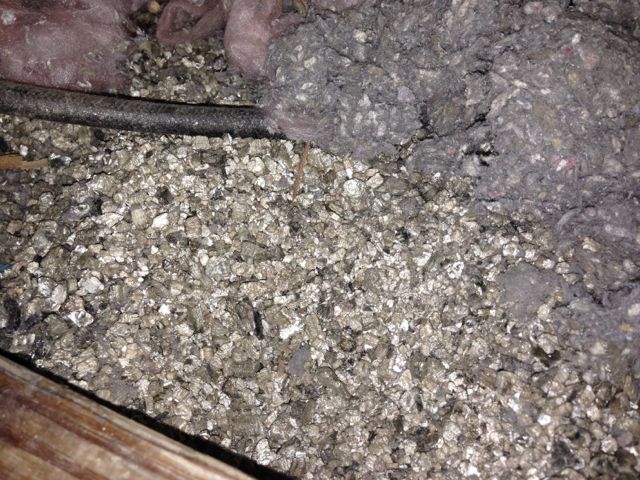
Vermiculite is a mineral that when heated will puff up like popcorn. That makes it a decent insulating material. Unfortunately, most of it in the US came from a mine in Libby, Montana, and that vermiculite has asbestos in it. Here’s my article on asbestos.
8. Electrical hazards
If your home is a few decades or more old, it’s probably haunted with electrical hazards. My 1961 home has had a great many modifications made to the electrical system, and one of the things I see all over is uncovered junction boxes. But there are worse things. How about wiring connected in the attic and not inside junction boxes at all? That’s what they did in the photo below.
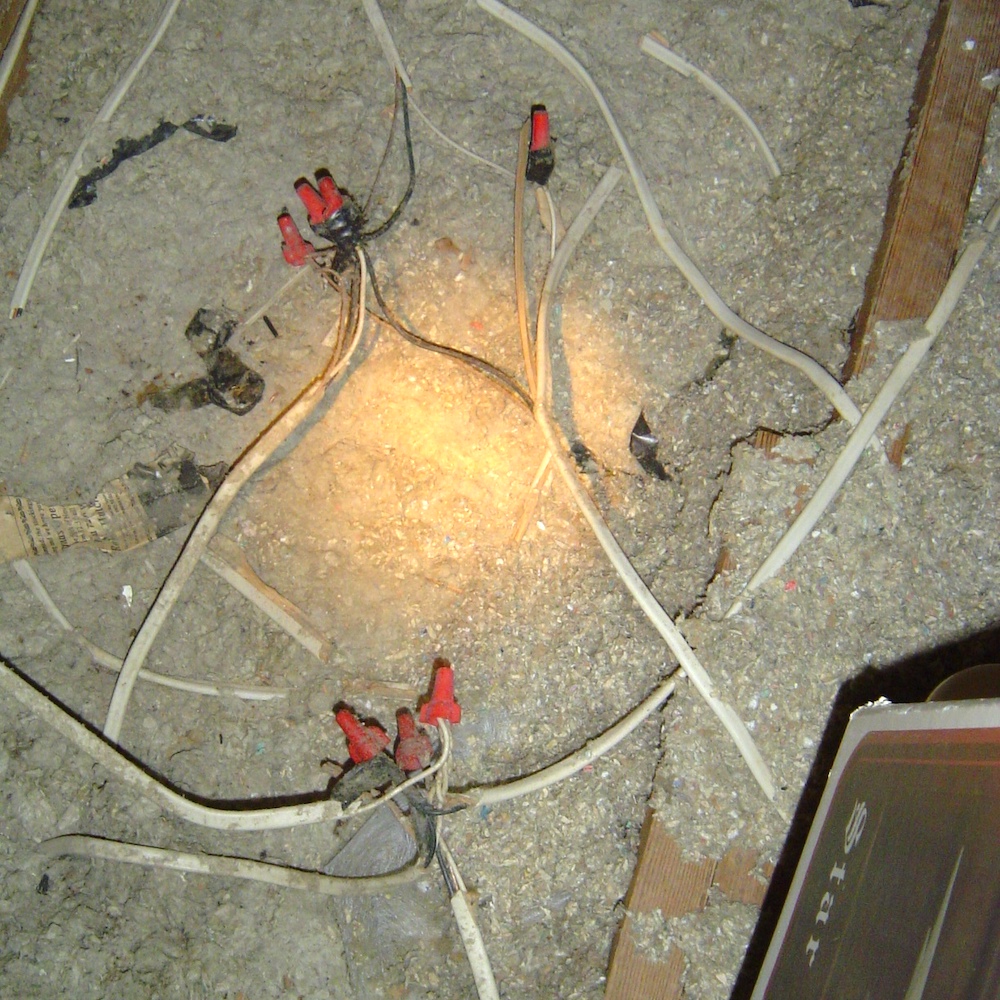
Even worse that is knob-and-tube wiring that’s still active. Sometimes those wires are still hot even though the house has run new wiring to replace the old system. Have you had yours checked?
9. Duct system
Oh, the joy of ducts! To take a little liberty with a famous Tolstoy line, “Happy ducts are all alike; every unhappy duct system is unhappy in its own way.”
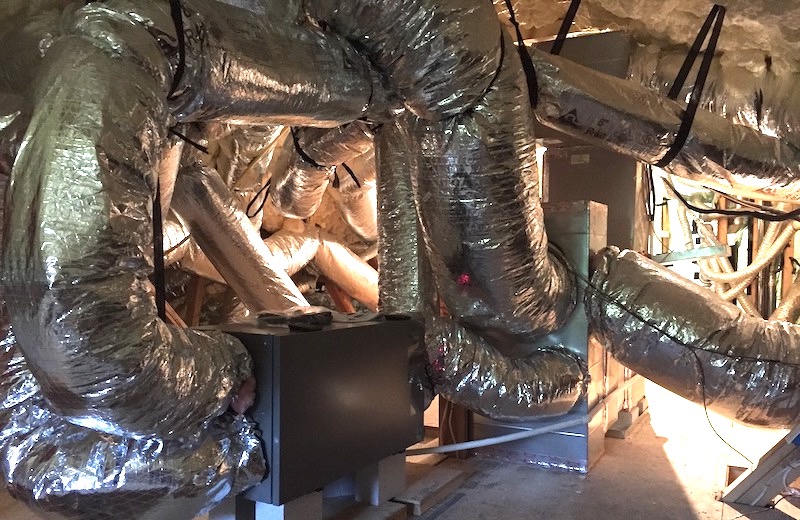
Sometimes they just make you uncomfortable. Other times they’re too noisy or cause you to spend too much money on heating and cooling your home. And then there are those not uncommon cases where your duct system makes you sick.
10. Strip heat
I’ll end this list with something that you may not be particularly scared of: electric resistance heat. Hey, it can cook your food, heat your house, and it’s 100 percent efficient! What could go wrong?
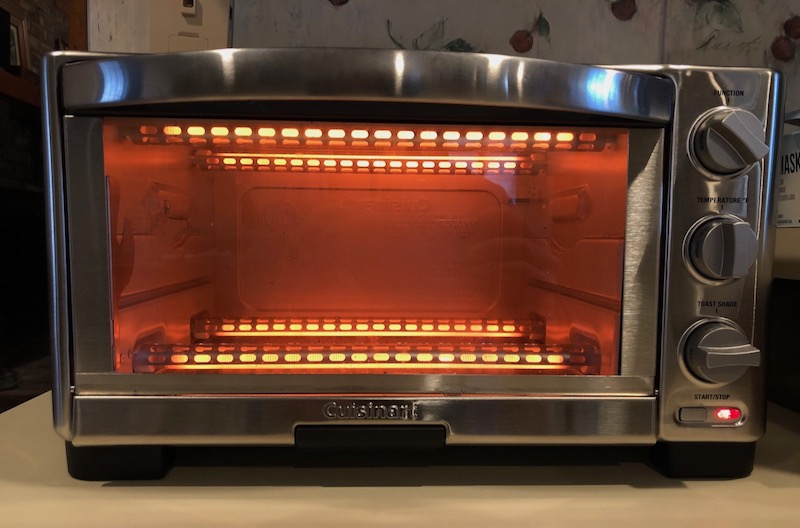
Let me tell you a story about the toaster oven with strip heat that almost burned down my house. The year was 1990. My toaster oven had a lever to turn it on, kinda like a toaster. It sat on the counter beneath the cabinets.
One day, I put a watermelon on the counter near the toaster oven. (See where this is going yet?) While I was away from the house, the watermelon shifted and rolled over against the toaster oven. Yes, it hit the lever and pushed it down. The toaster oven heated up, and the watermelon kept the lever depressed.
I was very lucky the house didn’t burn down. The cabinet above was scorched, and the toaster oven was toast. There also was a watermelon mess all over the counter and floor. In this case, the toaster oven cooked the watermelon enough that it finally released the lever when it liquefied.
But strip heat also can cause fires other ways and cost you a lot of money. Sometimes the strip heat in a heat pump even runs in summer when it’s wired incorrectly. That’s one way people end up getting huge electricity bills.
There you have it. Your house is haunted, right?
Allison A. Bailes III, PhD is a speaker, writer, building science consultant, and the founder of Energy Vanguard in Decatur, Georgia. He has a doctorate in physics and is the author of a bestselling book on building science. He also writes the Energy Vanguard Blog. For more updates, you can subscribe to Energy Vanguard’s weekly newsletter and follow him on LinkedIn.
Related Articles
The Haunted House-as-a-System Down the Street
4 Ways a Bad Duct System Can Lead to Poor Indoor Air Quality
Are You Breathing Dead Possum? — Crawl Spaces, HVAC, & IAQ
Comments are welcome and moderated. Your comment will appear below after approval.
This Post Has 9 Comments
Comments are closed.


I like how this was last on the problems with gas list:
” You also don’t want your home to catch on fire or explode.”
That was all I was going to say but then I got to the end and it does come to mind that the liquified watermelon turning off the stove could be one step in a Rube Goldberg gadget.
Happy Halloween!
ps funny you should post this today, my bathroom rip out starts tomorrow – I WILL conquer the mold!!!
Kelly: Great idea about the Rube Goldberg watermelon switch! Good luck with the bathroom demolition. I suppose you’ve seen my bathroom remodel articles from 2016, but if not, here’s the first one. The links to the others are at the end.
Air Flow Pathways in a Leaky Bathroom Wall
I unplugged my toaster oven after reading this article.
Scott: I don’t keep mine unplugged, but I do that about that watermelon episode whenever I put stuff near the toaster oven. Fortunately, where we have it now there’s not much room to put anything in front of it.
This could describe my house last year. The ducts, the gas leak, the dead critter next to the duct, the big air leaks around my sliding gas door, the electrical connections without a box.
We recently renovated the house after having a awesome home energy inspector did her thing. I even told all the contractors that she would be reinspecting the job to make sure it was done correctly. $25k we have a heat pump and a new back door with all new ducts.
Just treats this year, we hope. 👻
David: Congratulations! Sounds like you’re in for more treats than tricks this year.
Allison, do you have any information on where these gas leaks typically occur?
RoyC: No, I don’t, other than the general answer of near the gas appliances.
I was just curious if the leaks were typically from within the appliances, or from the field connections.